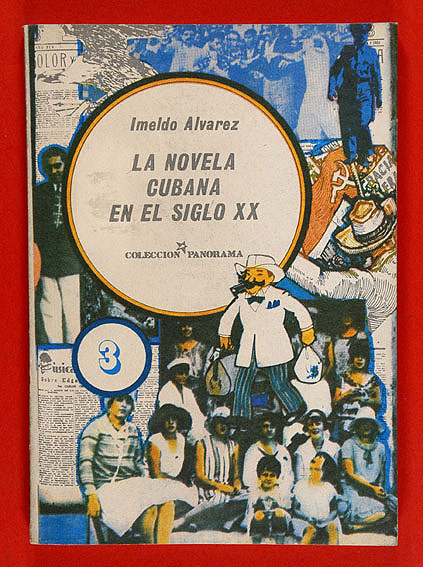4.3 The novel genre, its development in Cuba between 1899 and 1923

The Cuban novel, in line with what was happening in Latin America, belatedly assimilated and maintained naturalism as a fundamental aesthetic movement for capturing the island’s political and social problems. It allowed for the artistic expression of social conflicts, particularly those arising from the order and moral values imposed by the bourgeoisie, as a mirror image. However, this literary approach generally did not imply coherent action aimed at transforming reality.
A strongly Spanish realism dominated the approach to themes, although some romantic remnants remained—especially in the so-called serial novel literature—and modernism converged in the artistic premises of some writers, with relative success.
Literary critics consider the most important figures of the period to be Miguel de Carrión, Carlos Loveira, Jesús Castellanos, José Antonio Ramos, and Alfonso Hernández Catá, who, as creative individuals, were concerned with capturing the surrounding reality from a perspective committed to the dispossessed and human suffering, although without foreseeing a change in the status quo for the future.
The development of the novel during this period is not clearly separated from the short story, especially with regard to the so-called novelettes and what others consider long stories, without clearly distinguishable profiles in terms of the treatment of narrative discourse. The essayistic tone also permeated much of our narrative production, due to the thesis-like nature they sometimes acquired in their analysis of social reality.
Despite the writers’ laudable purpose and commitment to their circumstances, the aesthetic execution of the texts generally did not reach a high level, comparable to European literature and even some Latin American works. The vision of reality sometimes reveals a certain Manichaeism, and the characters are presented without regard for their specificities, as mere archetypes of the behaviors they seek to study.
Urban settings predominated in the novels of this period – the rural setting was treated with the usual bucolic style devoid of any investigative intentions – with the exception of the historical themes that implied a return to the fertile environment of the jungle, sometimes with reverence, but also some pieces reveal an ironic tone whose ultimate meaning has not been entirely clear, as is the case of “La manigua sentimental” by Jesús Castellanos.
Realism is evident both in the individual, psychological aspects of the characters’ conflicts and in perspectives that prioritize the sociological, even those with a purely social background. However, the range of novels from this period allows us to gain insight into the era, its political and social circumstances, and how these would influence the collective consciousness, based on an infrastructure distorted from its very systemic conception, subject to the excesses of corrupt politicians and, beyond that, the imperial puppeteers, occasionally glimpsed in some texts.








